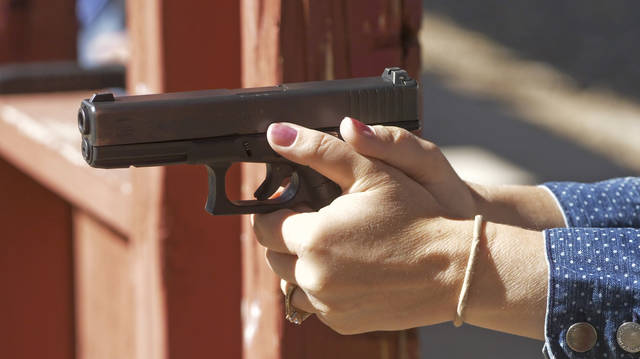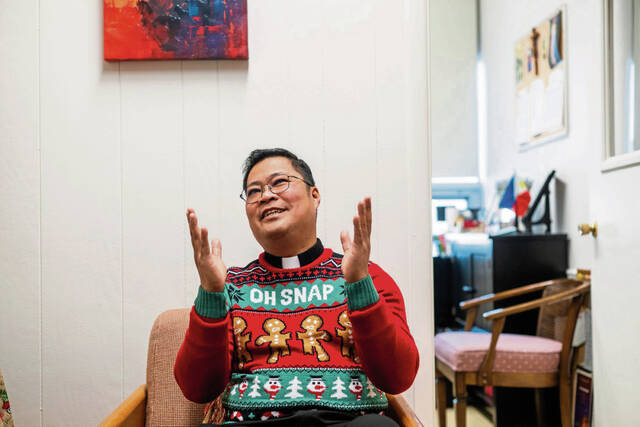The median police response time to an active shooting incident is three minutes, according to FBI statistics. While fast by law enforcement standards, potential victims are essentially on their own in those first critical minutes.
“Most of the violence is over in less than five minutes,” said J. Pete Blair, executive director of the Advanced Law Enforcement Rapid Response Training Center at Texas State University in San Marcos, which has trained 140,000 first responders since 2013.
The actions citizens take can dramatically impact the number of casualties. In nearly 15% of the shooting incidents identified by the FBI from 2000 to 2013, unarmed citizens safely restrained the shooter.
Over an eight-day period beginning July 28, shooters in California, Texas and Ohio killed 34 people.
Here’s a quick look at steps the public should take in the face of an active shooter situation:
• Because time is precious, get through the denial phase immediately. If it’s not New Year’s Eve or the Fourth of July, the “pop, pop, pop” sound probably is not a firecracker.
Because the brain first tries to make sense of an unusual event by normalizing it, most people interpret gunshots as fireworks. Imagining the worst could be a life-saving measure. “They waste valuable time that they could be using to protect themselves,” Blair said.
• Always know where the exits are.
Sam Rosenberg is the founder of Inpax, a self-defense training academy based in McCandless. He suggests making a mental note of where the kitchen is located in a restaurant, for example, because every kitchen has a back door.
Because people don’t typically make a habit of learning where the exits are, most will rush the front door, causing chaos and a bottleneck of victims all scrambling for the same way out.
“The crowd might not be going in the safest or best direction,” Rosenberg said. “In a lot of incidents, the bad guys come through the front door.”
• Don’t look to others for what to do. If others are unaware of alternative exits or have frozen in fear or denial, looking to them for clues about what to do could cost you your life.
• Don’t play dead. Take a lesson from the 2007 Virginia Tech massacre that killed 32 students and faculty.
Seung-Hui Cho attacked, or attempted to attack, five classrooms in a building. Students in each classroom responded differently to the shooting. Those who responded by barricading the door and then fleeing — several jumped out a second-story window — had very different, often less lethal outcomes than in rooms where students attempted to play dead.
• And finally, forming a plan and escaping a potentially deadly situation can be as simple as ADD:
Avoid: Move as far away as possible from the shooter. This requires being aware of your surroundings and exit routes.
Deny: If it is unsafe to flee, take steps to deny the shooter access. This does not mean hiding. Lock or use heavy furniture to barricade the door or jam doorstops. Denying the shooter entry only buys time to flee or defend yourself.
Defend: When you cannot flee or block the shooter, the last option is to defend yourself. Be careful not to position yourself directly in front of a door, in case the shooter shoots through it, but close enough to grab the gun as he enters.
“Courage,” Rosenberg said, “is as contagious as fear.”
The Advanced Law Enforcement Rapid Response Training Center offers more information at www.alerrt.org.








